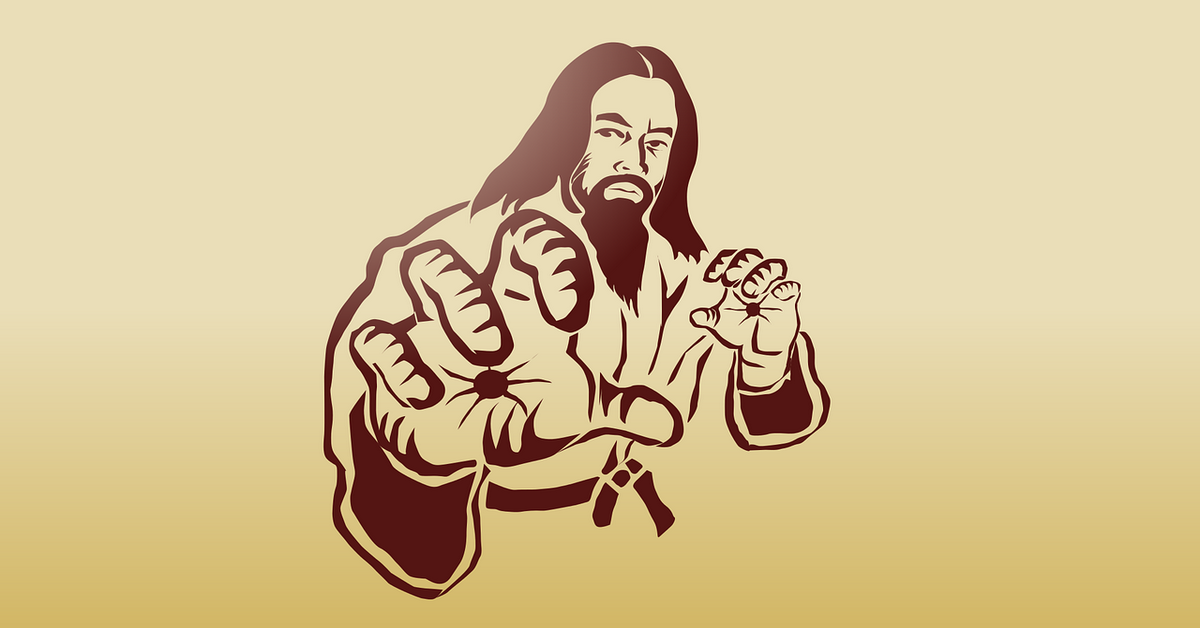We’re asked nearly every day:”What are your best binoculars?” And every day we answer:”How do you plan on using them” We’re not trying to be evasive with our answer, but the fact of the subject is your very best binoculars for one purpose. We want you to Get It.
Understanding your application is paramount in determining the best fit for you. Even though there are quite a few different specifications and qualities which determine the usefulness of binoculars, we’ll discuss in this article the primary characteristics for determining the best match for your program. But before we reveal the list, we ought to discuss some basic vocabulary.
What exactly do the numbers on binoculars mean? All sporting optics (binoculars, spotting scopes, night vision goggles, etc.) use the identical nomenclature to describe significant features. As an example, a set of binoculars may have 10x42mm listed as a technical specification. But what exactly does this mean? The”10″ refers to the magnification power of the binoculars that is objects viewed will appear to be 10 times closer than when they are viewed by the naked eye. The second number in our example is”42mm.” This relates to the diameter, in millimeters. The objective lenses are located away from your eye when viewing. Much like the aperture of a camera lens, the size of objective lens determines. If your binoculars are going to be used during low light (hunting and astronomy are good examples) you had better have large objective lenses.
Another important number describing binoculars is called field-of-view. A field-of-view of 390′ indicates that the width of the sight picture is 390 feet at a distance of 1000 yards. Field-of-view is determined by magnification and the focal points of the eyepiece and objective lenses. More magnification always means less field-of-view. This specification may be expressed in levels. A field-of-view of 6.5 degrees equates to 341′ (6.5 times 52.5 equals 341).
How well your binoculars will serve you in low light conditions is described as Twilight Performance. Though many things, such as overall design and quality of glass impact this specification, magnification and objective lens diameter are the chief components. A quick way to find out the Twilight Performance of binoculars is to multiply the magnification power (first number) times the objective lens diameter (second number). The higher the result, the better the Twilight Performance. As an example, 10x42mm binoculars will have better Twilight Performance than 8x50mm binoculars (420 versus 400).
We understand some basic terminology, here’s What to Know When Buying Binoculars.”
While compact binoculars weigh as little as a pound, by using these you will undoubtedly sacrifice performance. If performance is your primary consideration, full sized binoculars are preferred. Anything weighing over about 1.5 pounds will get heavy fairly quickly. Use a binocular support system to evenly distribute the weight across your shoulders rather than using a strap.
* The amount of light available while using your binoculars will determine greater. Low light uses such as hunting, birding and astronomy require larger objective lenses.
Will determine the magnification power. If your application is bird watching, theater or sporting events, a low powered binocular will suffice in most cases. But if you are into astronomy, you’ll need a high powered set.
* The minimum focal point in binocular terminology refers to how near an object is for you and be still be viewed in focus. This tends to be very important for birding but not so important for many other applications.
* Binoculars with a magnification power greater than 10x (and without a stability feature) will be tricky to maintain steady. This becomes important when viewing the night sky or distant mountains. A tripod may be a great thing to have when youre using binoculars with high magnification.
* Using your binoculars outdoors will usually subject them to moisture. Waterproof binoculars are preferred for all marine, hunting, birding and other nature related activities.
* The greater the magnification, the narrower the field-of-view. If field-of-view is important to you, don’t buy the most effective binoculars you can find. This becomes important when viewing objects that move quickly.
As with virtually everything else in your life, with binoculars you get what you purchase. There are binoculars that cost under. My experience says you will want to spend at 0 for a set of binoculars.
There is not any such thing as one-size-fits-all when it comes to sporting optics. In case you’ve got multiple uses for binoculars, you will probably end up with multiple pairs of them and thats O.K.
Your understanding of these few simple tips will not just assist you but they will also help you with successful viewing.
Use this information and youll Get It. Get Outdoors!








Customer Reviews
Thanks for submitting your comment!